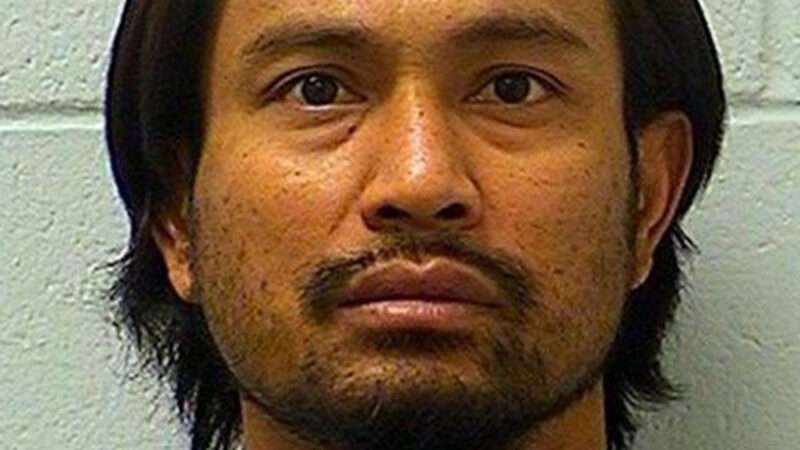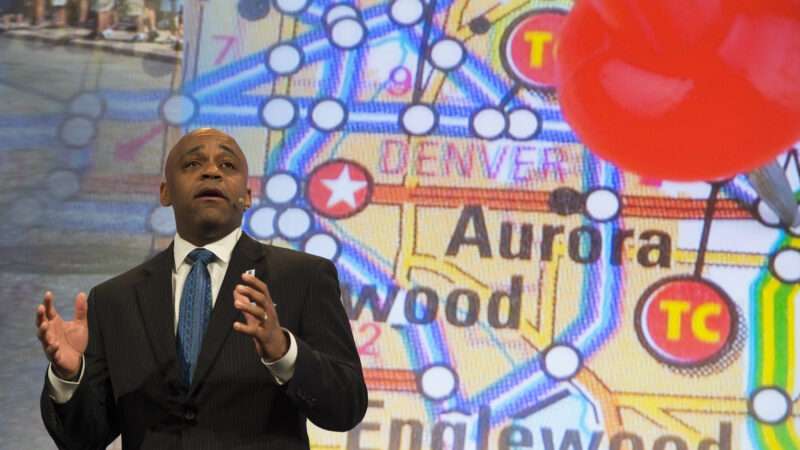Shortly after midnight on Thanksgiving, the Supreme Court decided Roman Catholic Diocese of Brooklyn v. Cuomo. This decision ushered in the new Roberts Court. The 5-4 Court ruled unconstitutional New York’s occupancy limits on houses of worship. Justice Barrett cast the deciding vote. I have now finished reading the per curiam opinion, Justice Gorsuch’s concurrence, Justice Kavanaugh’s concurrence, Chief Justice Roberts’s dissent, Justice Breyer’s dissent, and Justice Sotomayor’s dissent. I plan to write several posts discussing various aspects of the decision.
Here, I will begin with an ending. Chief Justice Robert’s South Bay concurrence is no longer a super-precedent. Really, it was never even a precedent in the first place. Yet, courts had cited it 114 times in the past six months. But Diocese will likely be the last citation. Courts can no longer look to the Chief’s opinion as the definitive statement for pandemic cases. I’m sure some will try. And there are five votes to reject those efforts.
In South Bay, Chief Justice Roberts wrote that that the Supreme Court should not grant an injunction pending appeal unless the “‘the legal rights at issue are indisputably clear’ and, even then, ‘sparingly and only in the most critical and exigent circumstances.'” The Diocese per curiam provided a more traditional, and easier-to-satisfy test:
The applicants have clearly established their entitlement to relief pending appellate review. They have shown that their First Amendment claims are likely to prevail, that denying them relief would lead to irreparable injury, and that granting relief would not harm the public interest.
“Likely to prevail” is a lot easier to satisfy than “indisputably clear” right to a remedy. Really, South Bay was never designed for the lower courts to apply. It was always a standard for a Supreme Court injunction pending appeal. But lower courts reflexively cited that standard.
The dissenters mourn the passing of the Chief’s South Bay concurrence–even though they didn’t join it. Indeed, Justice Breyer uses the pronoun “we” to refer to a solo concurrence he did not join.
Relevant precedent suggests the same. We have previously recognized that courts must grant elected officials “broad” discretion when they “undertake to act in areas fraught with medical and scientific uncertainties.” South Bay United Pentecostal Church v. Newsom, 590 U. S. ___, ___ (2020) (ROBERTS, C. J., concurring) (slip op., at 2) (alteration omitted).
Likewise, Justice Sotomayor treated South Bay and Calvary Chapel as predents. The latter consisted of an unsigned order without any analysis.
South Bay and Calvary Chapel provided a clear and workable rule to state officials seeking to control the spread of COVID–19: They may restrict attendance at houses of worship so long as comparable secular institutions face restrictions that are at least equally as strict.
The majority did not formally discard South Bay. But it has now been buried at sea. And Justice Gorsuch fills the concurrence’s shoes with cement. Neil came to brawl here.
Initially, some point to a solo concurrence in South Bay Pentecostal Church v. Newsom, 590 U. S. ___ (2020), in which THE CHIEF JUSTICE expressed willingness to defer to executive orders in the pandemic’s early stages based on the newness of the emergency and how little was then known about the disease. Post, at 5 (opinion of BREYER, J.). At that time, COVID had been with us, in earnest, for just three months. Now, as we round out 2020 and face the prospect of entering a second calendar year living in the pandemic’s shadow, that rationale has expired according to its own terms. Even if the Constitution has taken a holiday during this pandemic, it cannot become a sabbatical. Rather than apply a nonbinding and expired concurrence from South Bay, courts must resume applying the Free ExerciseClause. Today, a majority of the Court makes this plain.
I don’t think the majority formally repudiates South Bay. Indeed, the Court distinguishes New York’s orders from the California order. But going forward, Diocese will be the controlling standard. And, when a COVID case reaches the Court on certiorari, I suspect the Chief will join the conservatives.
from Latest – Reason.com https://ift.tt/3m85VSH
via IFTTT


